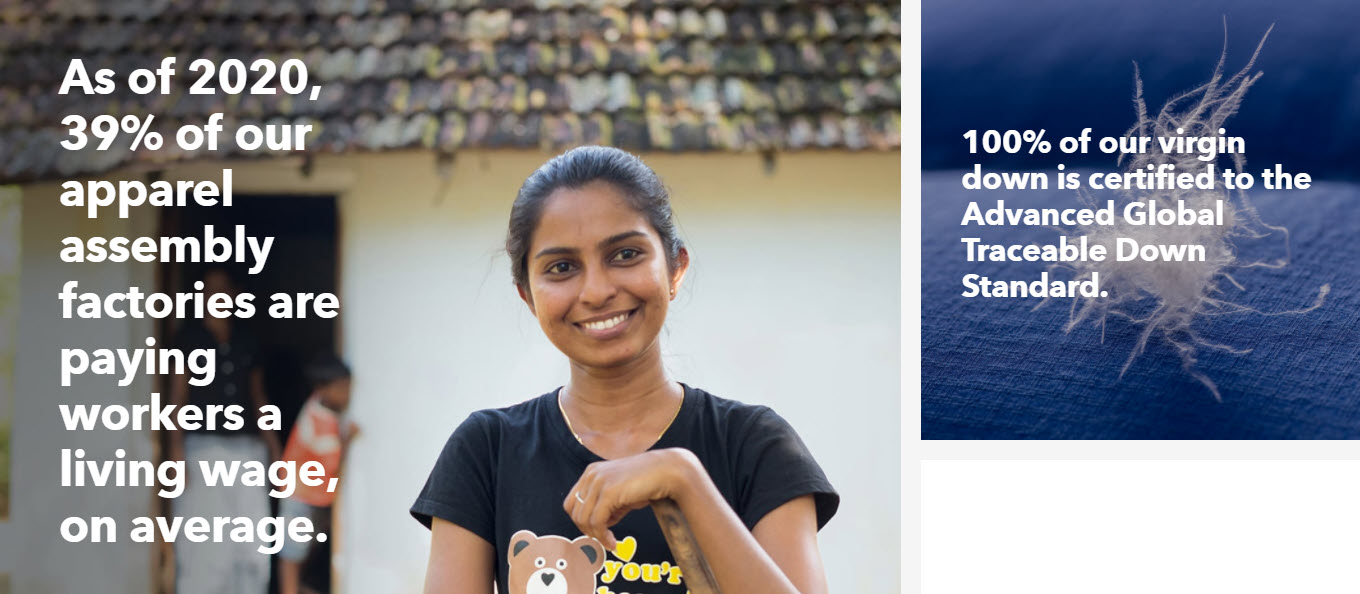About 15 years ago, I was out camping with friends. We did a campfire and enjoyed a beautiful night under a sky full of stars until they started telling goofy ghost stories. I stood by the fire and listened to the stories till the end. Even if I knew they weren’t true, I still had some issues sleeping that night.
It’s interesting how we like to listen to stories, read them, or watch them on Netflix…Sad, romantic, true or not, we keep coming back to them since ancient times. Technology may evolve, but our love for stories is still here.
If we dig deeper into why we like stories, we might find out that stories helped us evolve as tribes, and later, as societies. They are more powerful than we think!
In “Sapiens”, Yuval Noah Harari generated a new conception of our past: Man’s success was due to his ability to create and sustain grand, collaborative myths. The Greek civilization grew strong around the Olympian myths, while the Vikings gathered around their Norse stories. Every ethnic group has its own birth myths, and by sharing some common myths and stories, we managed to form tribes, cities, and countries.
So, Harari says that our common fictions define us, from religion to politics and economic fiction. For example, the currency is a fiction that we all ended up agreeing with. The nation-state, the corporation, the concept of human rights, all of these are stories that we accept, that made us cooperate effectively in large groups.
So, narratives are pretty strong, don’t you think? And they go way beyond bedtime stories.
Having a brand story is more important than ever when it comes to businesses. Our buying behavior moved on from looking at product features to caring about how a product, a brand, make us feel.
Technology has enabled us to tell stories in various formats: video, audio, text, images, and VR. They can also be spread across a variety of channels, from websites to drip email campaigns and social media. This led to the birth of lots of content creators and content platforms, such as Tik Tok and many others.
Types of Stories for Marketing Campaigns
What kind of stories can your marketing campaigns tell? Well, let’s see:
- Origin stories. Every culture has its own origin story like the “Adam and Eve” one. Such stories can be created around brands, like the one from KFC and their Colonel Sanders, or the tale of Thomas Burberry.
- Customer stories. Case studies can serve as strong proof of how your product or service benefits your customers. You can use them in written or video format. For example, you could do a video interview with satisfied clients and discuss your collaboration.
- Product stories. You can use creative stories to present your products or services. Don’t shy from being funny as well. For example, the folks at Manscaped really nailed it in this commercial:
- User-generated content (UGC) can help you look trustworthy in the eyes of potential customers. Did you know that consumers find user-generated content almost ten times more impactful than scripted content marketing? They look more genuine than any other content format. A community will slowly grow around your brand when they know that there are real people behind a story or picture.
- Employees’ stories work well in recruitment marketing campaigns. They help out in creating an employer branding narrative.
- Values stories. Some stories are just talking about values, like this one, from Adidas:
- Inspiration story: Inspire people to buy your product by showing them the outcomes it creates.
At the end of the day, effective narratives will help you capture your audience’s attention for longer periods of time, form a connection with the brand, and improve brand recall. But, how do you create an effective narrative? It’s definitely not an easy thing to do, but there are some guidelines everyone should follow.
What Makes a Good Story?
What separates an unforgettable story from a story lost in oblivion?
The ancient Greeks have found an answer to this question. Aristotle taught that a speaker’s ability to persuade an audience is based on how well the speaker appeals to that audience across three main areas: logos, ethos, and pathos. These were later considered the rhetorical triangle.
Logos refers to reason and argumentation, and also to how well a writer can argue his/her point. For this, the story needs strong reasons and credible evidence. The argument needs a logical and well-reasoned order.
Ethos refers to the writer’s character and how credible the argument of the writer is. The storyteller should use a tone suitable to the audience and should show respect for the different viewpoints.
Pathos appeals to emotions, beliefs, values, and sympathetic imagination. The latter also refers to the role of the audience in the argument. The storyteller should use examples and metaphors to which the audience can connect to. Vivid images need to be created to engage the imagination of the audience,
The story should revolve around a relatable character. This character could be fictional (like in the Adidas example above), or real (like in the Burberry story above).
That character should be facing a conflict, a struggle. The audience should relate to that struggle and should empathize with the character. This way they’ll feel connected to the story.
The story should also include a learning process and a final resolution.
Now, let’s take a closer look at such stories, and see how they can inspire us:
7 Marketing Campaigns that Nailed Storytelling
- Patagonia tells stories that reflect its values
Patagonia uses video, and text across their website and social media channels to talk about stories that have an impact across our environment. They tackle subjects such as illegal deforestation, mineral mining, traditional craftsmanship, creating strong communities around important values.
They give us hope that we can still turn things around and take our planet back if we are more humble and more connected to it.
This message is strongly connected to the business core values, that revolve around driving positive social and environmental change. Patagonia is prioritizing durability when creating its clothing collections. This means they focus on consuming less energy, wasting less water and creating less trash.

- Headspace uses illustrations to create safe places
Headspace created a memorable brand through unique and whimsical illustrations, that can help them translate abstract concepts to its audience.
They realized that their audience’s struggles are the following: depression, anxiety, stress, low self esteem, and fatigue. The final resolution for the audience would be finding happiness.
From their font choices to their illustration style and color palette, every element creates a cozy and safe place, where one can feel happiness.
- Sainsbury’s Christmas commercials talk about community and sharing
Back in 2014, Sainsbury’s teamed up with Royal British Legion to retell the story of Christmas Day in 1914, when opposing British and German soldiers emerged from their trenches to exchange gifts and play football. All profits from a £1 chocolate bar went to veterans’ charity.
Almost all their Christmas commercials are stories that reflect on our core values as mankind: community, sharing, giving, and loving.
- Dollar Shave Club knows how to show off a f***ing great product
Michael Dubin, the co-founder of the Dollar Shave Club, was bold enough to create a daring video that turned out to be viral very quickly. The budget: $4,500. The campaign led to 27 million+ video views on YouTube in 10 years and a lot of media coverage.
The line was bold “Are our blades good? No. Our blades are f***ing great.”, but turned out to be the right message at the right time.
The Dollar Shave Club kept its messaging consistent in the years to come, and it positioned itself as a “no-BS”, fun, and truthful company.
For example, this video from 2019 shows average people with imperfect bodies dancing. The message of the commercial is, trying to prove that we can thrive outside of prescribed societal norms. Thumbs up, DSC!!
- Dove Real Beauty Sketches
The folks at Dove have a similar approach to beauty standards, to the one from Dollar Shave Club. Their message is that women have become their worst critics, and that beauty magazines and social media are making women underestimate themselves and feel less confident.
They have created this viral video of a beauty experiment: Real Beauty Sketches. It has over 69 million views in 9 years.
Several women were asked to an FBI trained forensic artist Gil Zamora (from behind a mysterious curtain), who drew a portrait of them based on their description. Next, a random stranger was then asked to describe the same woman to Gil. At the end of the day, each woman had two different portraits. The one based on the stranger’s portrayal was the most beautiful one. The final message was: you’re more beautiful than you think. Watch the video to see the reactions of the women, below:
- Land Rover sources customer stories to create a viral video
“We belong to the place where we have Land Rovers”.
The heroes of the story: a small town in Nepal, Maneybhanjang, and its 42 Land Rovers. A true story brought to life for the Land Rover’s 70th anniversary.
The local drivers of Maneybhanjang rely on a 1957 fleet of Land Rover vehicles to transport people and supplies across treacherous mountain roads. The video made by the Land Rover team, after a ten days stay in the village, managed to reinforce the incredible off-road capabilities of these amazing vehicles.
- Canon transforms its users into heroes
“Inspired” was a Canon ad that was dreamy and entertaining. It catered to a large audience, promising that anyone can create stunning photographs if they let their imagination go wild. The video really manages to inspire people that they can reach for the sky.
Wrap Up
Storytelling is one of the oldest forms of communication. Even when the paper was not invented, stories were told across stones, caves, pottery, or were transmitted orally.
Stories helped us to make sense of the world since ancient times. Some stories were meant to entertain, others had important messages for us: stories about our origin, about the world that surrounds us, about beliefs, and values.
Storytelling has accompanied us since mankind was born, and brands are using them more and more to show their human face to the audience so that they can form a long-term connection. In order to make someone buy your product or service, you need to give him the reasons to do so. In a sea of brands, the right stories can get you in front of your desired audience.
Instead of throwing facts and figures, you should focus on making your brand memorable. If your product is not unique, your story can be.






